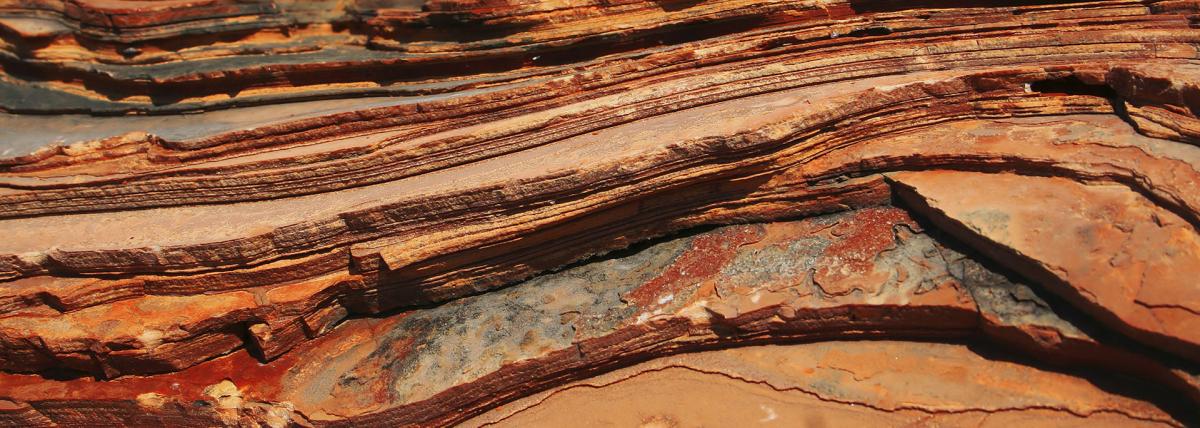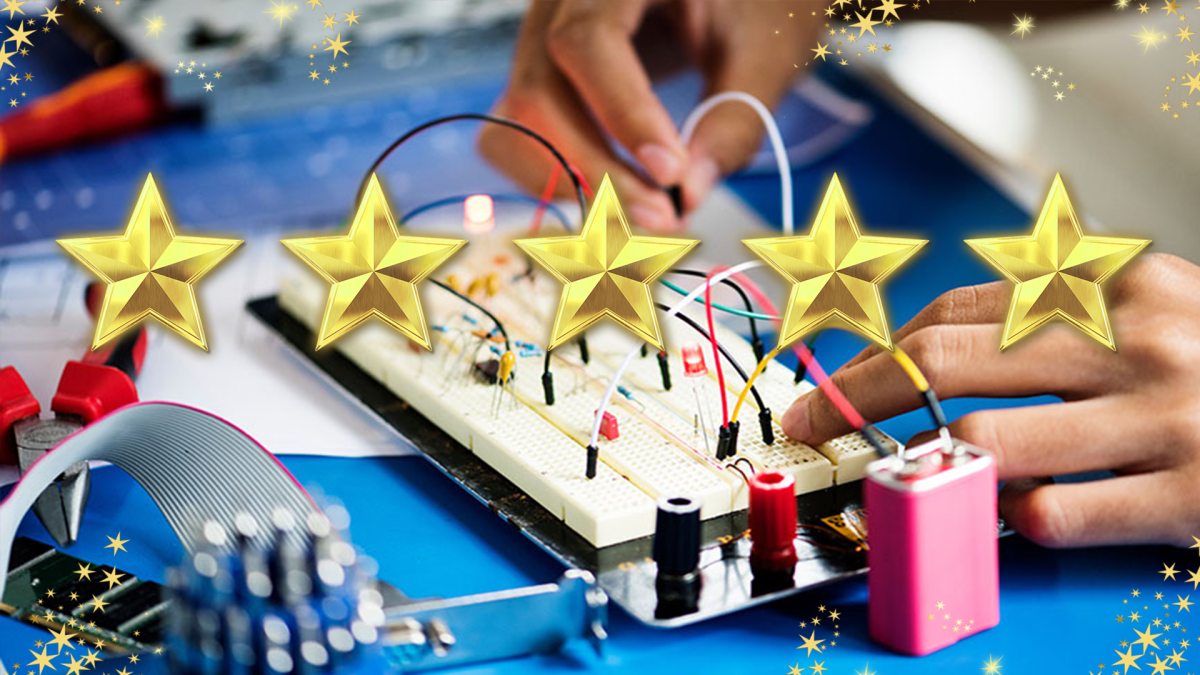Pocket Creature Build Challenge
In this build challenge, students will work in teams build a small creature out of recycled materials that serves a purpose. This outstanding lesson is easily customizable to engage in various science
Students will build a propulsion system that can deliver a payload to a given location in this engaging paper rocket engineering lesson. Students think critically and problem solve as they work
This is the 2nd lesson in a series of 3. Lesson 1 & 3 are linked in the speaker notes. In this 8-week project, 6th-grade students will collaborate in small groups to create eco-friendly inventions
This engaging lesson introduces students to EdScratch. Students will learn to use blocks, transfer programs to Edison, understand warning messages, and understand input parameters. Two challenges are
Students will create a 3D model of a landform in small groups, record facts about the landform, use their ipads to take a picture of the landform and voice record themselves presenting about it
This lesson allows students to engage with technology, literature, and engineering in a fun and creative manner. This lesson aims to combine literature with technology, providing students with an
In this outstanding lesson, students will explore circuitry through working collaboratively to build a working floor piano out of simple materials. Students explore the engineering design process by
Third grade students will apply their knowledge of the significance of bee pollination by designing and creating a Wild Bee Hotel in a collaborative group which will incorporate literacy, mathematical
Students explore how circuitry works with a hands-on lesson where they design and build their own working pressure plate. The use of a MakeyMakey is incorporated with helpful video resources and
This is the 2nd lesson that walks learners through the process of developing apps with MIT App Inventor. Students will create a detailed plan for an app that solves a problem, followed by learning to
This is the 1st lesson in a series of 2 where students are guided through an introduction to designing apps with MIT App Inventor. Students will brainstorm ideas for their own apps, follow tutorials
In this outstanding lesson, students will apply their knowledge of how natural and human-caused changes to habitats or climate can impact our world in a stop motion film. The lesson covers a Science
We all love games, but some games are more engaging than others. Students will spend time going through the engineering design process as they create a game that will bring people together. Use
More VR integration in the classroom, oh my! This is the second lesson of a two-day exploration of chain reactions. On day one, students received a general overview of chain reactions, Rube Goldberg
VR in the classroom, oh my! This Day 1 lesson provides students an introductory understanding of chain reactions, Rube Goldberg and his machines, the Oculus (Meta) Quest 2, the online game Dynamic
In this outstanding lesson, teachers facilitate students to design and build Meet Edison Robots for Cougar Clash “BattleBot” robot battle classroom tournament. (We named ours Cougar Clash as your
Students will redesign the front face of the school, to improve the curb appeal. Students will identify space by using math equations to properly create a plan for school makeover. Students will use
In this lesson, students will research to plan and design an "energy store" (battery) that will utilize potential and kinetic energy to power a city.
Do the colors of our world attract sunlight differently? In this lesson, students will use color and temperature to test and graph answers to this question. Provided are certain links to read
Using Stop Motion Animation to Show Step-by-Step Instructions and Solve Real World Math Problems
Stop motion is a great way for students to slow down working through the steps in math to demonstrate their understanding of math concepts. Students can film a short story or step-by-step instructions
By creating a stop motion animation, students will gain a deeper understanding of how landforms develop, are weathered, and erode. This is an engaging way to help infer the history of the current
This STEM project allowed students to embark on an exciting journey of entrepreneurship with "Ride to Success." In this immersive STEM lesson plan, students will not only learn the ins and outs of
Students start by listening to "Those Darn Squirrels", by Adam Rubin. Instead of helping the birds, the students will explore the technology and the engineering design process to help those pesky
This is the 4th lesson in a series of 4. The previous three lessons allowed students to create, expand, and evaluate code banks they created and the possible objectives they could complete with the
Featured Lesson Plans
Check out these notable lesson plans.

Explore Coal Mine Canyon's wonders! Watch a documentary, read about geology, draw the canyon, and use tech to learn about geological layers. Fun, interactive learning awaits!

Makey Makey with The Bionic Kid
Imagine how cool it would be to build a video game controller out of bananas! In this engineering design challenge, you will learn how to use everyday items and a Makey Makey kit to design a

This lesson combines ELA (reading and discussing the story), engineering (design a balloon with materials given and attach the balloon to an EdBot), and technology (code an EdBot to run the parade
